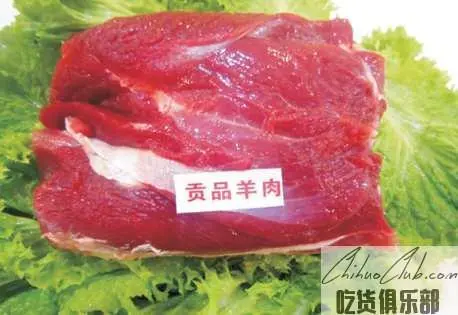
Ganga Tibetan Sheep
-
Update date::
-
Date of protection::
-
Protected range:The scope of Ganjia Tibetan sheep is Ganjia Township, Kecai Township, Sanke Township, Damian Township, Madang Township, Quao Township, Tangao Township, Bola Township, Ji Cang Township, and Dental Township, Xiahe County, Gansu Province. There are 11 township sub-district offices in the sub-district office and Zhayou Township.
-
Category:
The quality of Ganjia Tibetan mutton is summarized as “meat, tender and tender, unique meat, rich in nutrients, high in protein content, low in fat, rich in various amino acids and trace elements”. The high quality grassland conditions and natural aquatic plants of Ganga Ranch have created the unique mellow taste of Ganjia Tibetan lamb. The protein content of Ganjia Tibetan mutton is 22.45/100g (Pu003e0.05), the fat content is 3.16g/100g (Pu003c0.01), the Fe content is 31.8mg/100g, the Zn content is 3.48mg/100g, and the amino acid content is high. Rich in mineral content of 1.06g/100g (Pu003c0.01), it is a nutritious, organic and green meat resource.
Quality technical requirements for Ganjia Tibetan sheep 1. Variety Tibetan sheep (grass type). Second, the meadow grassland and typical grassland between 2900m and 4600m above sea level within the breeding environment are distributed with snow and melt water. Third, feeding methods 1. Feeding: The main grassland is grazing, the summer pasture and the winter pasture are rotated and grazing, and the winter feed is produced from the local green hay. 2. 3. Environmental and safety requirements: The prevention and control of the breeding environment and epidemic diseases must comply with relevant state regulations and must not pollute the environment. Fourth, the standard lambs from May to August, the weight is not less than 13kg; the full-length sheep above 12 months old, the weight is not less than 17kg. 5. Slaughtering and processing 1. Yangyuan: From the scope of production, meet the requirements of the column, and passed the inspection by the local animal epidemic prevention supervision agency. 2. (1) Slaughtering and processing: pre-slaughter quarantine and management→waiting slaughter→slaughtering and bleeding→systemic esophagus→heading, hoof→peeling→flushing→opening→staining→re-examination→flushing→acid removal→segmentation→dressing→freezing ( Cool) → Pack. (2) Slaughtering and processing points: 1 Pre-slaughter management: stop eating for 24 hours, stop drinking water for 3 hours before slaughter, and reduce stress. 2 rows of acid: The steroids are acid-discharged from 0 ° C to 4 ° C for 24 hours to 48 hours. 3 Freezing: The split lamb was frozen at -28 °C for 48 hours and stored in a cold storage at -18 °C to -21 °C. Sixth, quality characteristics 1. Sensory features: (1) Lamb meat: light red color, shiny, fat milky white, clear muscle fibers, toughness, obvious muscle fat. After cooking, the broth is clear and clear, the fat is concentrated in the liquid surface, no astringency, the meat is tender and juicy, and the taste is mellow. (2) Exhausted sheep: bright red or dark red, shiny, white or yellowish fat, clear muscle fibers, toughness, and obvious intermuscular fat. After cooking, the broth is clear and clear, the fat is concentrated in the liquid surface, the meat is fresh and juicy, and the taste is mellow. 2. Safety and other quality technical requirements: Product safety and other quality technical requirements must comply with relevant national regulations.
Apply to:
Producers within the Ganjia Tibetan sheep production area may apply to the Xiahe County Quality and Technical Supervision Bureau of Gansu Province for the use of the “Special Mark for Geographical Indication Products”, which shall be reviewed by the Gansu Provincial Bureau of Quality and Technical Supervision and announced to the General Administration of Quality Supervision, Inspection and Quarantine for approval. . The testing institution of Ganjia Tibetan sheep is selected by the Gansu Provincial Bureau of Quality and Technical Supervision in the testing institutions that meet the qualification requirements.